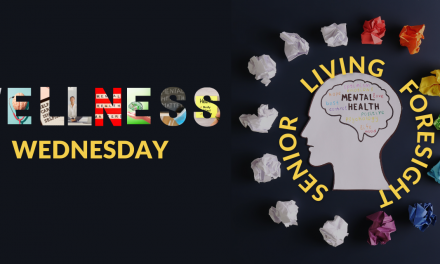By Jack Cumming
California is rethinking how best to serve the elderly. Governor Gavin Newsom ordered the development of a Master Plan for Aging to be completed by October 2020. His father, a retired judge, struggled with dementia and other health challenges before dying recently at age 84. The Governor is committed to a new vision for aging.
In response to the Governor’s concern, there have been many hours of wide-ranging discussion among cabinet-level officers, selected stakeholders, subcommittee members, and the general public. Kim McCoy Wade, Acting Director of the California Department of Aging, has been energizing as the facilitator of an overwhelming number of meetings. She often coordinates three-hour and longer meetings in rapid succession. Her optimistic spirit is keeping the Governor’s initiative moving forward.
Ideal Aging
The ideal for aging is the same regardless of socioeconomic, ethnic, or other circumstances. We are all human beings. The common preference is often stated as “aging in place,” though a deeper dive suggests that what people want is to be able to continue to participate in society to the full extent of their abilities and in accordance with their individual preferences. There is a widespread fear that moving to senior living involves institutional loss of freedom and self-determination.
We older people are not alone in having this preference and this fear. Disability and aging overlap, though aging in-and-of-itself is not a disability, just as childhood per se is not a disability. We all have different gifts and personal challenges and these change over the course of a lifetime. As we move increasingly toward the American ideal that all are created equal, we are evolving a society that avoids privilege for the few at the expense of the many and that gives equal opportunity to all regardless of physical condition and, yes, regardless of age.
Subtle Answer
One little-used solution has emerged from these discussions. The Program of All-Inclusive Care for the Elderly (PACE) has not drawn much attention because it has been limited to very frail, indigent people. Applicants must be approved by the State, and so far, fewer than 5% of those eligible in California are served. What makes PACE unique is that private providers commit to meet all needs – medical and otherwise – of the elderly to fulfill the common wish of many to stay in place in their homes. PACE is capitated and that involves actuarial risk, which many providers don’t want. Still, all Californians – all human beings – can benefit from a comprehensive, flexible structure that accords with their life choices.
80 Is the New 60
We only need to think of Nancy Pelosi, 79, or Dianne Feinstein, 86, or Ruth Bader Ginsburg, also 86, to realize that we make a mistake of perception when we set aside those of advanced age, as is often done even in undertakings like the development of Governor Newsom’s Master Plan for Aging. Elderly people are notably absent from the chosen stakeholders. Even powerful, affluent leaders like the three women above cannot now contract for the comprehensive oversight and standby care inherent in the PACE program.
Thus, PACE seems like a good starting place for any Master Plan that presumes to address aging comprehensively. Not only does PACE meet needs, but it does so at a lower cost. It makes it easier for private organizations to test and adopt quality-improving innovations. Thinking back as few as ten years demonstrates how rapidly services, like Uber, are emerging that can help the elderly.
Funding
Funding is a looming challenge. There is an allusion that the Master Plan might advocate a state cash benefit program like the long-term care programs now nascent in Hawaii (the Kupuna Caregivers Program) and Washington State. Toward that end, an actuarial firm has been engaged to project what would be needed to make a government social insurance program self-sustaining. The private initiative PACE approach is not only more comprehensive than the proposed state government approaches, but it is also proving to be cost-effective.
An all-encompassing solution like PACE can help not only the elderly but also the disabled. Connie Arnold, a disability rights advocate, spoke movingly in a Master Plan Subcommittee meeting on December 17th of the need to consolidate all the different programs into a single State entity. She favored a “Community and Independent Living” agency to replace and streamline the multiplicity of state entities now involved. A wise balancing of private initiatives like PACE with government initiatives like that for age-friendly communities can empower all Californians.
Workforce Transitions
Putting more money into direct services to the afflicted will displace some who have administrative or oversight careers. Brandi Wolf of the Service Employees International Union (SEIU) cites the training programs that the union is initiating to improve the talents of those directly serving beneficiaries. Change requires adaptation. Replacing routine, repetitive chores with more fulfilling callings requires workforce retraining and counseling.
Government can be a catalyst for progress by setting licensure standards and encouraging private initiatives, like that of the SEIU, to help people qualify to meet the standards. With work lives growing longer there is a need for partnership programs to help people move at midlife from one career track toward something more fulfilling and adapted to their abilities.
So far, the Master Plan development timeline feels rushed and frenetic though optimistic and promising. Merging disparate existing programs into one comprehensive approach; simplifying the path toward self-reliance; encouraging private initiative; keeping the vision simple and actionable are challenges that call for the best minds that the State can rally to the cause.








